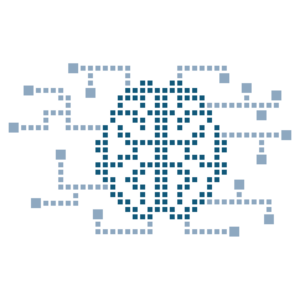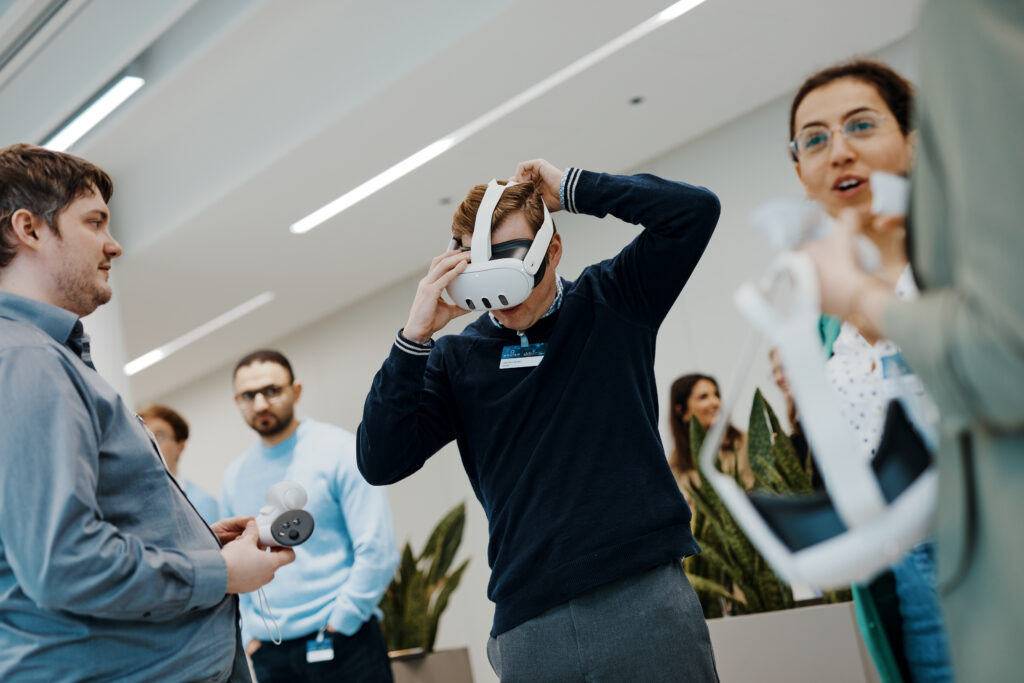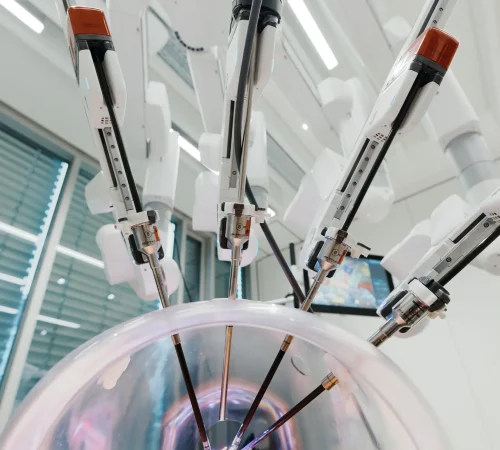Research
BOSTER sees itself as a scientific platform for application-centred projects on the technological transformation of the operating room and the clinical working environment. The work at BOSTER is characterised by the interdisciplinarity of a diverse partner landscape from research and industry.
The focus is on projects that are dedicated to the translation of key technologies from AI and robotics through the close integration of clinical users.
BOSTER benefits from the involvement of relevant partners from the fields of sustainability, ethics, data protection and cyber security in the projects.




